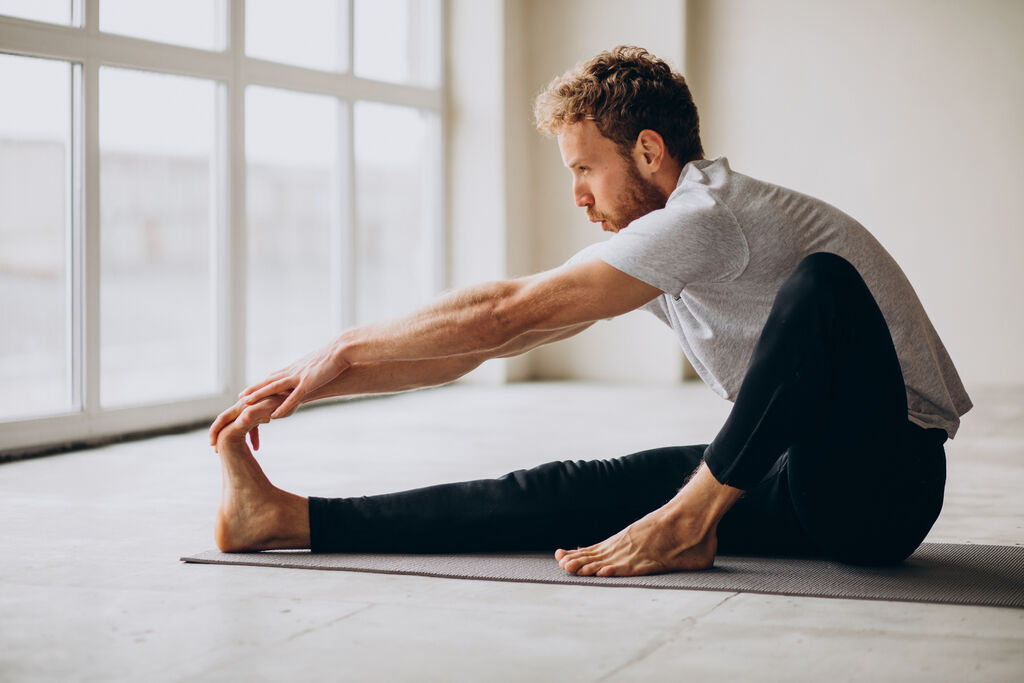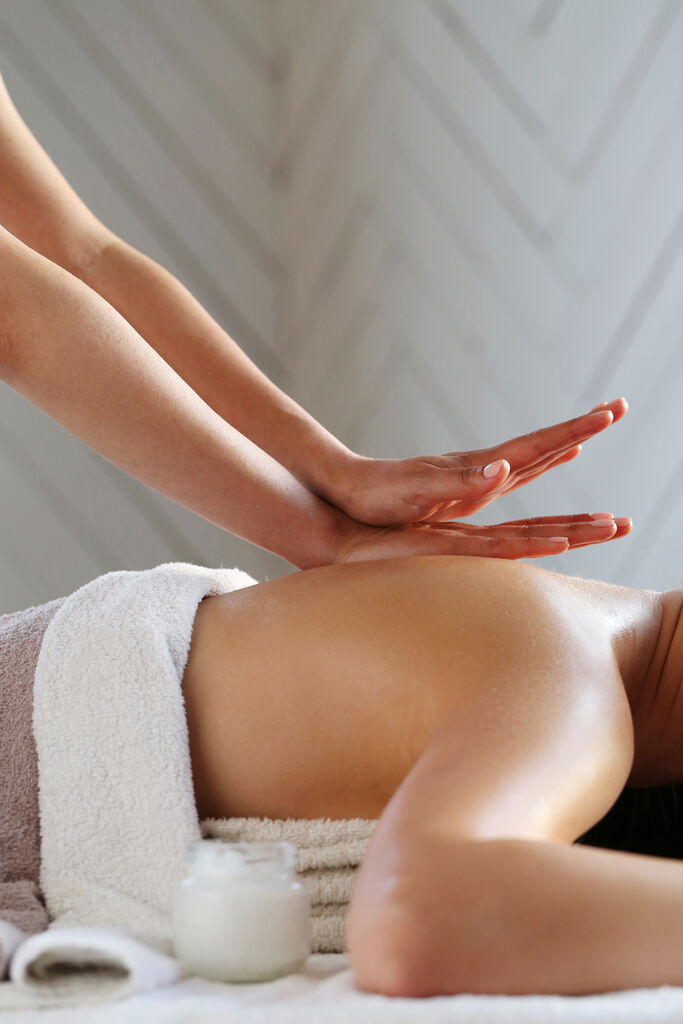Discover how combining massage and yoga can enhance your wellness routine, promoting flexibility, relaxation, and overall health.
At Forget Me Knot, I’m all about holistic wellness. One powerful combination I love is massage and yoga. Both practices offer incredible benefits on their own, but when combined, they can take your wellness routine to the next level.
The Benefits of Yoga

Yoga is a mind-body practice that combines physical postures, breathing exercises, and meditation. It can improve flexibility, strength, and balance while also reducing stress and promoting relaxation.
Beginner’s Yoga Guide: 5 Essential Poses
- Child’s Pose (Balasana):
- Begin on your hands and knees.
- Sit back on your heels, reaching your arms out in front.
- Rest your forehead on the ground and breathe deeply.
- This pose helps to stretch the back and calm the mind.
- Mountain Pose (Tadasana):
- Stand tall with feet hip-width apart.
- Press your feet into the ground and reach the crown of your head towards the sky.
- Relax your shoulders and breathe deeply.
- This pose helps to improve posture and balance.
- Downward-Facing Dog (Adho Mukha Svanasana):
- Start on your hands and knees.
- Lift your hips up and back, straightening your legs.
- Press your palms into the ground and relax your neck.
- This pose stretches the entire body and strengthens the arms.
- Tree Pose (Vrksasana):
- Stand tall and shift your weight onto one foot.
- Place the sole of the other foot on the inner thigh or calf (avoid the knee).
- Bring your hands to your heart or raise them overhead.
- This pose improves balance and strengthens the legs.
- Cobra Pose (Bhujangasana):
- Lie face down with hands under your shoulders.
- Press into your palms and lift your chest off the ground.
- Keep your elbows slightly bent and shoulders relaxed.
- This pose strengthens the back and opens the chest.
- Seated Forward Bend (Paschimottanasana):
- Sit with your legs extended in front of you.
- Inhale and lengthen your spine.
- Exhale and hinge at the hips, reaching forward towards your feet.
- This pose stretches the spine and hamstrings.
- Bridge Pose (Setu Bandha Sarvangasana):
- Lie on your back with your knees bent and feet flat on the floor.
- Press into your feet and lift your hips towards the ceiling.
- Clasp your hands underneath you and roll your shoulders under.
- This pose strengthens the back and opens the chest.
- Corpse Pose (Savasana):
- Lie flat on your back with arms and legs relaxed.
- Close your eyes and breathe deeply.
- This pose helps to relax and rejuvenate the body.
Remember, listening to your body and modifying any poses as needed is essential. If you’re new to yoga, consider joining a beginner’s class or seeking guidance from a certified instructor.
For more detailed instructions and benefits of each pose, you can refer to the NHS’s guide on yoga.
The Benefits of Massage
Massage, on the other hand, involves the manipulation of soft tissues in the body. It can help relieve muscle tension, reduce stress, and promote relaxation. It also improves circulation, aiding recovery and enhancing overall well-being.
Massage and Yoga: A Perfect Pair

When combined, they can complement each other beautifully. Yoga helps to warm up the muscles and increase flexibility, making the body more receptive to massage. After a yoga session, a massage can help release tension further and deepen the relaxation.
Moreover, both practices promote mindfulness. They encourage you to tune into your body and your breath, helping to quiet the mind and reduce stress.
At Forget Me Knot, I encourage incorporating both practices into your wellness routine. Whether it’s starting your day with a yoga session or ending it with a soothing massage, this powerful pair can help enhance your health and well-being.
For more information on the benefits, you can refer to this comprehensive guide from the British Wheel of Yoga.
Remember, this blog post is intended for informational purposes only. It’s not a substitute for professional medical advice, diagnosis, or treatment. Always seek the advice of your healthcare provider with any questions you may have regarding a medical condition.

